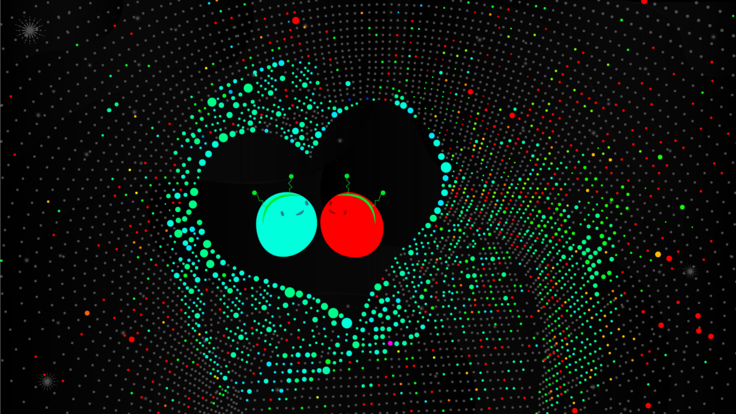On November 30, 2009, the Large Hadron Collider became the most powerful particle accelerator in the world. Over the next month, the LHC’s four particle detectors recorded 100,000 particle collisions at record-breaking energies. Since then, scientists around the world have been continuously analyzing and re-analyzing the long-awaited collision data, and are publishing the first scientific papers . These first collisions have tested not only the LHC and experiments, but also the global and national computing systems that link scientists around the world with LHC data.
The task of connecting scientists with LHC data falls to the Worldwide LHC Computing Grid, a collaboration linking computing grid infrastructures with each other and with 170 computing centers in 34 countries. In the United States, the Open Science Grid enables scientists to connect with the WLCG, and thus with data from their LHC experiments.
“We’re very proud to see how the Open Science Grid assisted LHC experiments during 2009,” says Ruth Pordes, OSG executive director. “It gives us confidence that the Worldwide LHC Computing Grid will enable future physics discoveries.”
The Open Science Grid allows the LHC experiments to access, maintain, and move huge quantities of data in the US. Through the OSG, experiments distribute the data taken from the detector to special computing centers called Tier-1 facilities. The two largest such facilities in the US are Fermi National Accelerator Laboratory for the CMS experiment and Brookhaven National Laboratory for ATLAS. Through the OSG, US centers make available roughly 7 petabytes of data for the ATLAS experiment and 4.4 petabytes for CMS. To give a sense of scale, one petabyte is roughly equivalent to the data stored in 10,000 laptops.
From a Tier-1 facility, data are accessed by smaller Tier-2 and Tier-3 facilities such as universities, where students and scientists study the data. Even now, when the LHC is not running, the data in Tier-1 facilities are being accessed continually as scientists study 2009 data to improve their models and predictions about what the LHC may reveal.
“On average right now, we are running anywhere from 6,000 to 10,000 computer processing tasks with this data at all times. It’s really amazing to see how such a large computing infrastructure spread over five Tier-2 and a Tier-1 facility can operate at this level continuously,” says US ATLAS operations coordinator, Kaushik De.
Though the LHC was only running for two months, the data collected during 2009 has given experiments like ATLAS and CMS, which search for a range of new physics phenomena, an opportunity to better understand their detectors. Studies of a detector’s behavior may not make headlines like a big-name physics discovery, but they are crucial to all future research. In order for scientists to recognize a never-before-seen phenomenon, whether it is the Higgs boson or dark matter, they need to know what to expect from the detector when looking at familiar physics events.
With this crucial study of the detector under way, scientists are even more prepared and excited for the discoveries to come. The importance of the 2009 data to the experiments was evident from the high volume of experimental collaborators accessing the LHC data through the Open Science Grid.
“The activity level was driven heavily by the number of people interested,” says CMS computing coordinator Ian Fisk. “A lot of people had been waiting for this.”
As the LHC begins collisions at even higher energies in the coming month, thousands of experimental collaborators worldwide will want to study the data. The successes of 2009 suggest that the OSG is fully prepared for the challenge.
Daisy Yuhas






